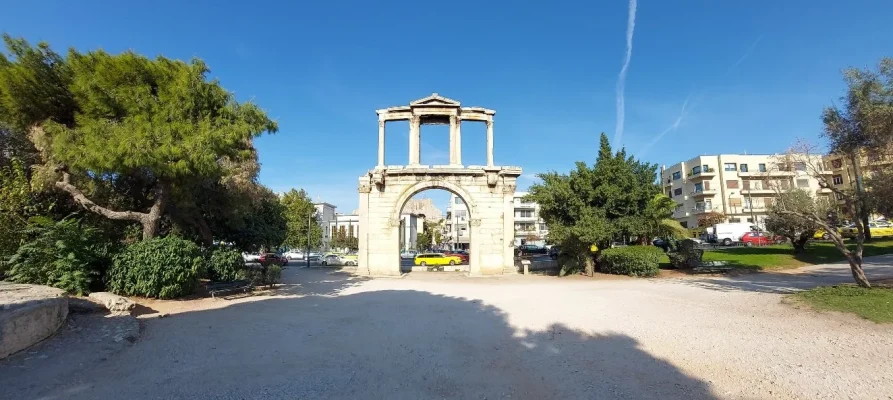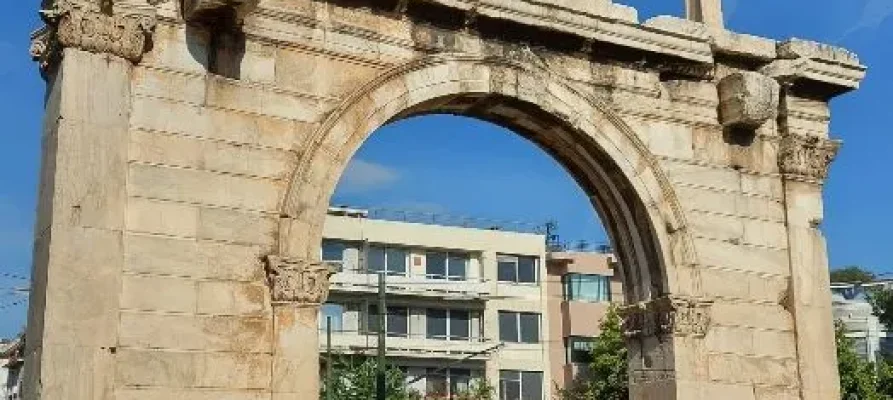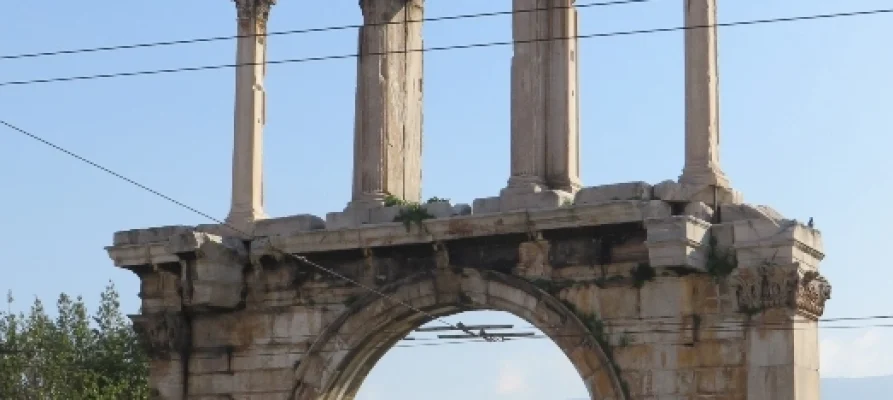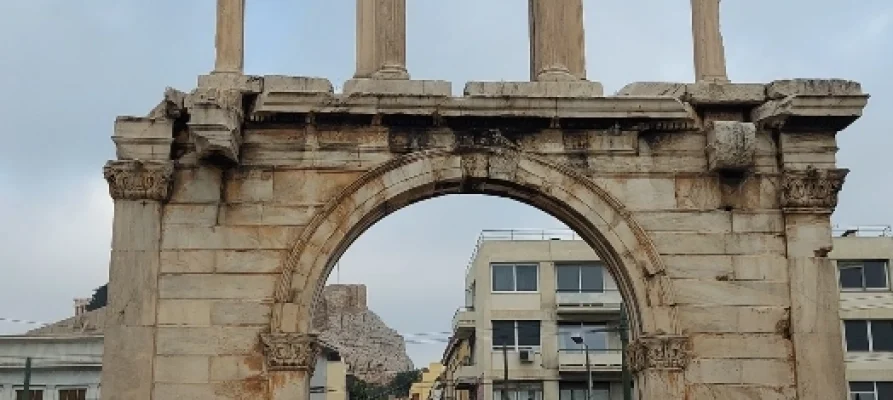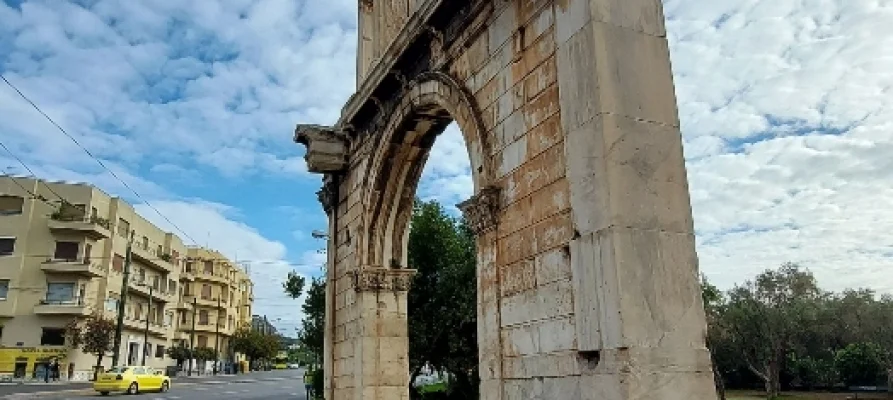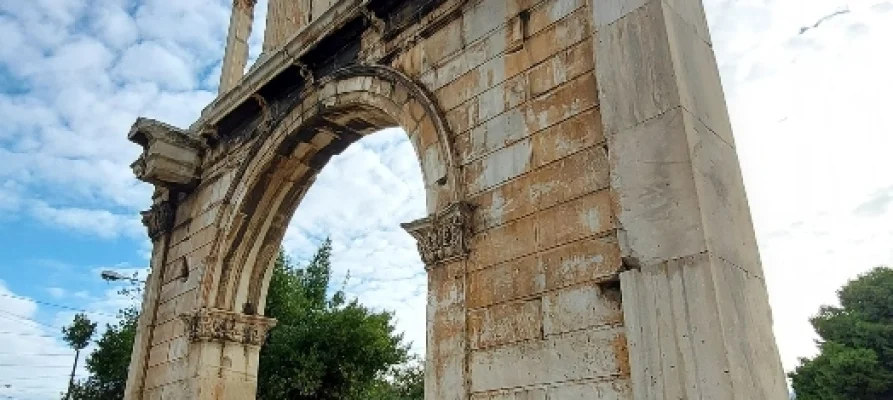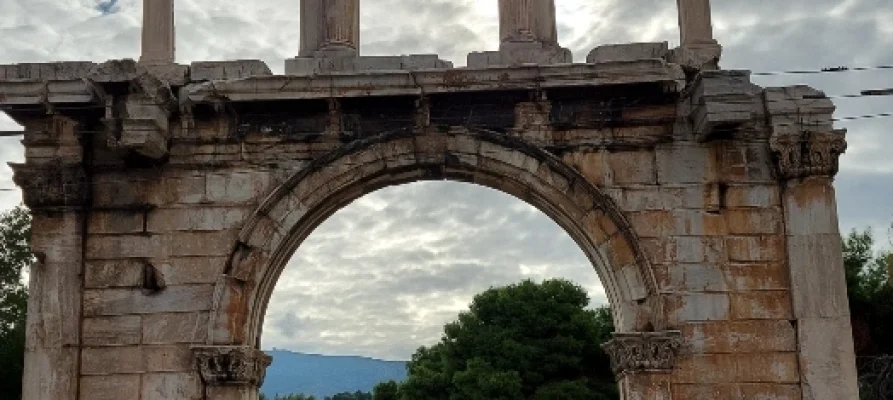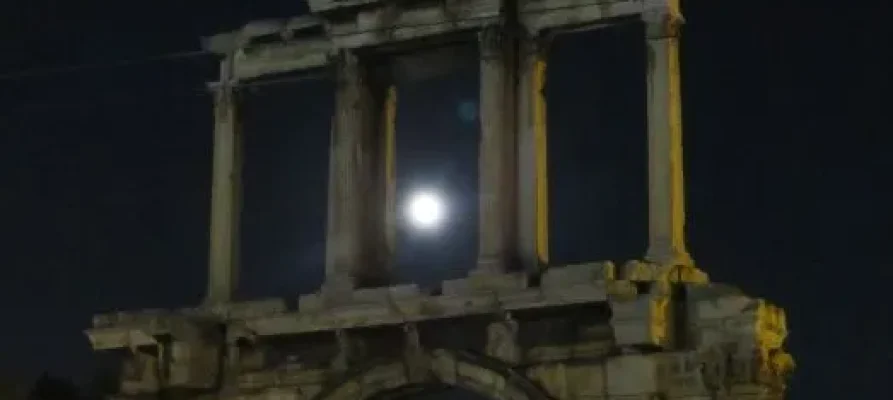
Top Photos Of The Arch of Hadrian Taken By Me
Table of Contents
Introduction
If you’re like me, you love taking photos on holiday. Greece has many great opportunities to get that perfect selfie or Instagram photo, and when I’m in Athens, I can’t resist adding to my top photos of the Arch of Hadrian.
Photos are a great way to bring back memories and also share those memories and experiences with others. So, in this guide are my personally chosen top photos of the Arch of Hadrian taken by me.
If you want to know much more about this ancient site, including the best things to see and the best places to take photos, then please look at my in-depth page about the Arch of Hadrian
Hope you enjoy
Ian
Where is the Arch of Hadrian
Brief guide to the Arch of Hadrian
The Arch of Hadrian, also known as Hadrian’s Gate, is one of Athens’s most visited ancient sites after the Acropolis of Athens and the Parthenon.
Some would say, ‘but it’s just an arch isn’t it?’. Why was it built, and why do two inscriptions on opposite sides disagree on whom it’s dedicated. These are just some things still debated today, almost 1900 years later.
Completed in 131-132 A.D., it is not sure who commissioned the Arch of Hadrian; however, it was probably the citizens of Athens. There are suggestions it was built to celebrate the arrival of the Roman emperor Hadrian and honour him for his many gifts to Athens. Hadrian had been a citizen of Athens almost 20 years before the arch started construction.
Whilst, the Arch of Hadrian looks like an arch, it’s perhaps a gateway. It spanned an ancient road from the centre of Athens to many structures on the eastern side of the city that still stand today, including the Temple of Olympian Zeus.
It was built from the same (Pentelic) marble as other famous structures in Athens, including the Parthenon and the Tower of the Winds, all transported from Mount Pentelicus mountain northeast of Athens and southwest of Marathon. It was held together using clamps to connect the cut stones during construction. No cement or mortar was used.
The basic dimensions are 18m high, 13.5m wide, and a depth of 2.3m. The design is fully symmetrical from front to back and side to side.
Perhaps the most crucial aspect, and most debated, are the two inscriptions just above the arch’s peak and on opposite sides, naming both Hadrian and Theseus as the founder of Athens:
- On the side facing the Acropolis and the Parthenon, the inscription says, ‘This is Athens, the ancient city of Theseus’.
- On the side facing the Temple of Olympian Zeus, the inscription says, ‘This is the city of Hadrian, and not of Theseus’.
Recently, it has been suggested that statues of Hadrian and Theseus were positioned on top of the lower level and on either side of the arch.
Top photos of the Arch of Hadrian taken by me
Conclusion
Well, I hope you enjoyed looking at my top photos of the Arch of Hadrian taken by me. As I said in the beginning, for me, photos are a great way to bring back memories and also share those memories and experiences with others.
Thanks
Ian



